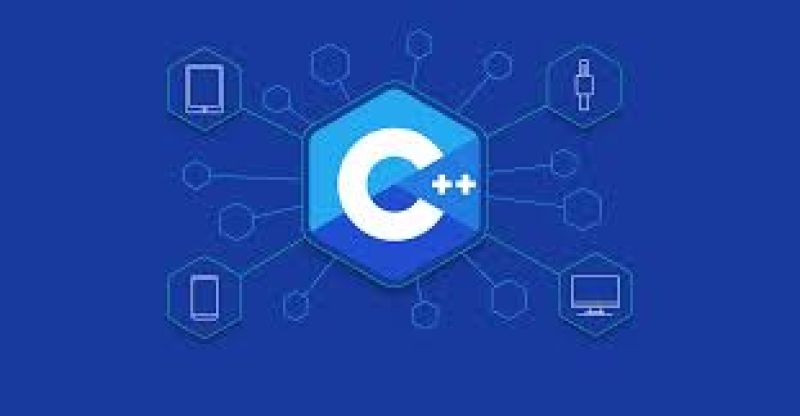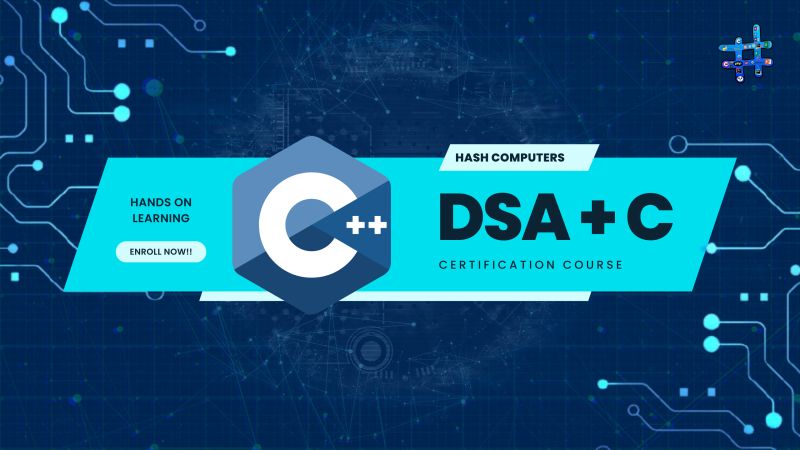
Networking refers to the practice of connecting computers and other devices to share data and resources. It involves the creation, management, and maintenance of network infrastructures and communication systems. Networking enables devices to communicate with each other over local (LAN) and wide-area networks (WAN), as well as the internet.
The process involves various protocols, hardware, and software to ensure smooth, secure, and reliable data exchange. Some common types of networks include Local Area Networks (LAN), Wide Area Networks (WAN), and Wireless Networks (Wi-Fi, Bluetooth).
The importance of networking extends across industries as it supports communication, collaboration, data transfer, and resource sharing.
| MODULE | TOPIC COVERED |
| Introduction to Networking | Overview of computer networks, types of networks (LAN, WAN, MAN), and networking essentials. |
| Network Models | OSI (Open Systems Interconnection) and TCP/IP models; understanding their layers and protocols. |
| Networking Devices | Routers, switches, hubs, modems, bridges, firewalls, and their roles in a network. |
| IP Addressing | IP addressing and subnetting; IPv4 vs IPv6, static and dynamic IP addressing, private vs public IP addresses. |
| Routing and Switching | Routing algorithms, routers, and switches; static and dynamic routing; VLANs (Virtual LANs). |
| Transmission Media and Signal | Types of transmission media (copper cables, fiber optics, wireless); signal types and propagation. |
| Network Protocols | TCP/IP, HTTP, FTP, DNS, DHCP, SNMP, ICMP, and how each protocol facilitates network communication. |
| TCP/IP Protocol Suite | Understanding the layers of the TCP/IP stack, including application, transport, internet, and link layers. |
| Network Security | Security threats, encryption, firewalls, VPNs (Virtual Private Networks), authentication, and access control. |
| Wireless Networking | Wireless communication technologies: Wi-Fi, Bluetooth, Zigbee, mobile networks, and their standards (IEEE 802.11). |
| Network Design and Implementation | Designing a network architecture: capacity planning, IP addressing schemes, and network implementation. |
| Network Troubleshooting and Maintenance | Troubleshooting tools (ping, traceroute, nslookup); resolving network connectivity issues. |
| Virtualization and Cloud Networking | Concepts of network virtualization, cloud computing, and network services in cloud environments (e.g., SaaS, PaaS). |
| Quality of Service (QoS) in Networking | QoS concepts, traffic prioritization, managing bandwidth and latency, and ensuring reliable performance. |
| Emerging Trends in Networking | Software-defined networking (SDN), 5G networks, Internet of Things (IoT), and future networking technologies. |
ELIGIBILITY - 12TH ABOVE

Course Code : S-ADVACNE EXCEL

Course Code : S-ROBOTICS AND CODING

Course Code : S-WORDPRESS

Course Code : S-REACT WITH DJANGO

Course Code : S-PYTHON PROGRAMMING

Course Code : S-JAVA PROGRAMMING

Course Code : S-C PROGRAMMING

Course Code : S-C++ PROGRAMMING

Course Code : S-DATABASE

Course Code : S-SCRATCH PROGRAMMING

Course Code : S-OPERATING SYSTEM

Course Code : S-NETWORKING

Course Code : S-OFFICE TOOLS

Course Code : S-GRAPHICS DESIGNING

Course Code : S-POWER BI

Course Code : S-DATA ANALYTICS

Course Code : S-12CBSE

Course Code : S-11CBSE

Course Code : S-RS-CIT

Course Code : S-CYBER SECURITY

Course Code : S-DSA WITH C

Course Code : S-LINUX & SHELL PROGRAMMING WITH KALI

Course Code : S-DATA SCIENCE

Course Code : S-ML WITH PYTHON

Course Code : S-JAVASCRIPT


